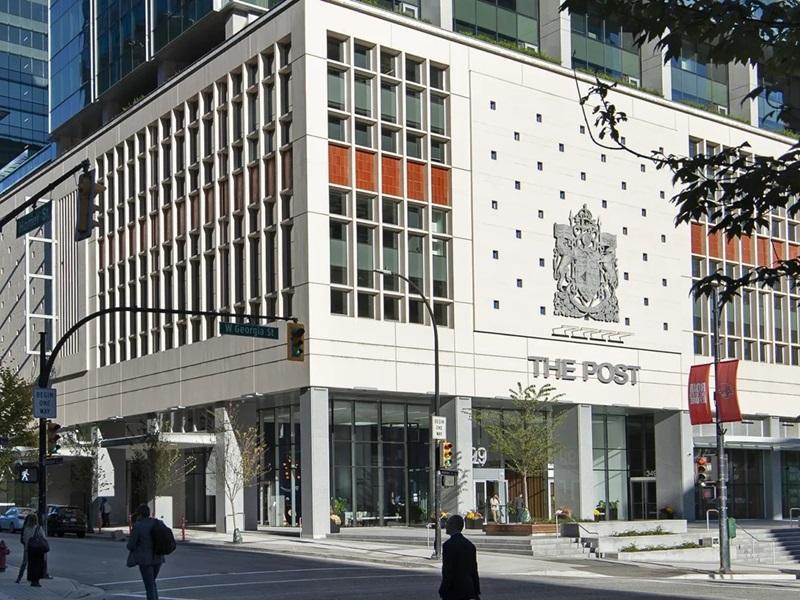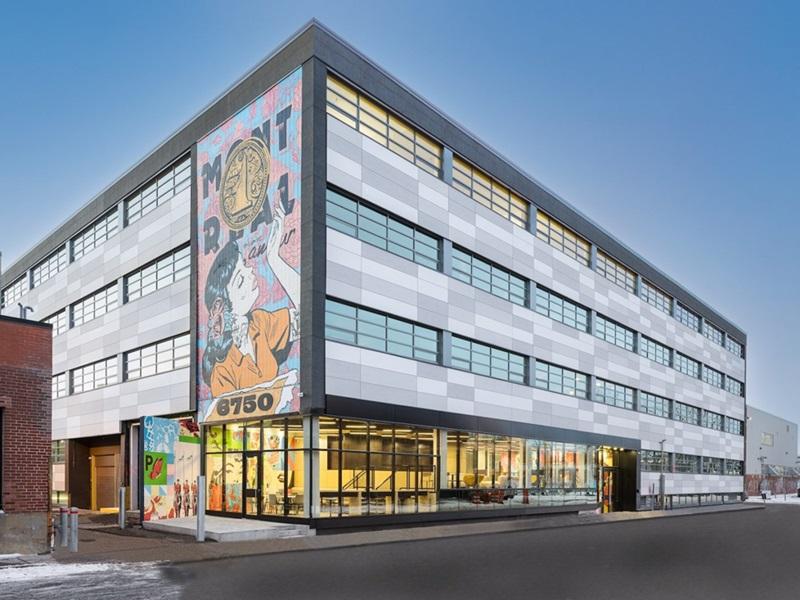
This barbershop is the only retail location which hasn’t changed uses along a stretch of Ottawa’s Bank Street during the past half-century.
I saw one of those periodic headlines in the news again the other day, For local retailers, it’s adapt or perish, with the sub-head, Personalized service, unique products key to surviving online juggernaut.
The CBC story went on to talk about vacant storefronts around Ottawa and how retailers have had to change to compete in an online world.
But businesses have always come and gone. They have always had to offer value and service that will distinguish them from the other guy and allow them to adjust to new competitive pressures.
Which means I think stories like this, about the protracted demise of traditional bricks-and-mortar retail at the hands of e-commerce, are often so much noise.
Building owners must work with tenants
Sure, there are space turnovers and vacancies, but some of this is the result of some landlords simply asking too much.
Around the corner from my house, a space went vacant at the end of June and filled again in two weeks.
Contrary examples, where the vacancy lasts for months or even longer, can of course be found around Ottawa or in the commercial areas of any city or town in Canada. But if the price (rent) is right, there is usually an entrepreneur who will take a chance and try to make a go of it.
Some will succeed and some won’t – that’s just the way it works, with or without e-commerce in the mix.
The secret for landlord success is to understand the business basics of the neighbourhood, how to attract successful businesspeople to your space and help them be successful so they can pay you a reasonable rent.
Retail storefront demand has been in flux for as long as I can remember.
I can think of only one space in my community that has the identical use now as when I was in kindergarten – an Ottawa barbershop on Bank Street just south of Sunnyside (see top photo). It was a barbershop before I started school and remains so.
Mr. Brown retired before I reached Grade 8, and Mr. McDougal took over the front chair. He’s retired now, too, and someone else wields the scissors.
Retail storefront demand always in flux
Constant change in retail demand from the customer exists in parallel with changes in the supply side of retail.

When columnist John Clark was a child, this Bank Street storefront was a family-owned corner store. (Google Street View)
For example, opposite the barber shop sat a corner store called Haddad’s. It sold all manner of stuff, but to a large extent, it also sold produce from the family’s farm outside of town. The family operated a vertically integrated business, back before farming as a whole changed into the larger-scale business that it is today.
The real estate where Haddad’s store operated is still there (see the middle photo) but the retail use is very different from 60 years ago.
Back then as a boy, I would go to the barber shop with a dollar for an 85-cent haircut. I would use the 15 cents in change to buy a Coke from the barber’s Coke machine, drink it on the spot to get the five-cent bottle refund, use that change at Haddad’s to buy black ball candy at three for a penny and munch on the 15 of them on my walk home.
(These were the days when a kid was expected to be self-sufficient enough by the age of five or six to get themselves home in one piece in time for dinner.)
Uses change, but real estate remains
Other than the need for haircuts, just about everything has changed since then in terms of retail supply and demand in this neighbourhood. The real estate which housed these businesses, however, has not, other than some renovation to accommodate new occupants.
Much of the commercial real estate in Ottawa on Bank Street between Riverside Drive and Gilmour Street is still there, generally as it was 60 years ago. Almost all the uses have changed, but owners have found a way to succeed with new tenants and new commercial uses.
Specialty coffee shops, which really didn’t exist, have become common. I remember the stir in the news when diners that sold coffee for 10 cents a cup raised the price to 15 cents. The local radio asserted that no one would pay 15 cents for a cup of coffee.
This has proven to be a bit off the mark.

At Bank Street near Sunnyside in Ottawa, gas stations were once a common sight. Those properties have now all been repurposed. (Google Street View)
The gas station is another fixture of the urban landscape that has changed . . . considerably.
They used to be all over the place in this area of Ottawa. The third (bottom) picture shows the same area of Bank Street, just a bit north in the block south of Aylmer Avenue. This stretch of retail buildings is in fact the same structures which used to house three different gas stations when I was in public school.
Between Sunnyside and the Rideau Canal, there were five gas stations along one block. These are now all gone, but four of the buildings which housed them are still there.
So, back to my opening points
The mainstream media likes to make occasional noise about an apocalypse in retail, with e-commerce being the usual culprit. But, these pressures on survival are simply not new.
Amazon is the new disruptor, but baby boomers (and Gen-Xers) will recall catalogues the size of a city phone book (these used to exist as well) from Eaton’s and Sears from which people mail order shopped. This was the “online” service which existed well before the Internet.
Things do change — though it may be more accurate to say they evolve. Whether it is change or evolution, owners of commercial real estate with street-front retail have faced a constant barrage of it since their buildings were first constructed.
In some cases, older buildings are being demolished, but this is far from universal.
What I do see are property owners that have their ears to the ground are not having difficulty in finding tenants with new business ideas. Uses and rents will keep changing for sure, but there is no apocalypse.
This is just business as usual.
Change is constant; it’s only the specific drivers of change which come and go.
To discuss this or any valuation topic in the context of your property, please contact me at jclark@regionalgroup.com. I am always interested in your feedback and suggestions for future articles.







